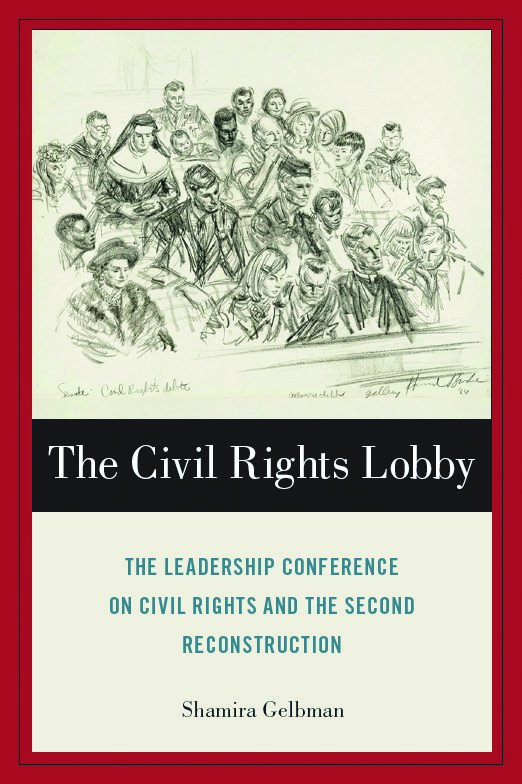
Every schoolchild knows the stories and the legends about Martin Luther King Jr. and Rosa Parks and how their actions and speeches awakened America to the deep racial inequalities that characterized our society in the mid-20th century. Too often, though, the work of tens of thousands of people who made key Civil Rights work possible has been lost. We tend to carry forward a simple story of charismatic individuals who made social change possible. That simply is not how things worked then nor how they work today.
“We have a tendency to hide or ignore the challenges of groups working together,” said Wabash professor Shamira Gelbman whose recently published book is entitled “The Civil Rights Lobby.”
In her study, Gelbman lets us see that social organizing work can be inspiring work for thousands — thousands of people organized into dynamic groups. Before the major gains of the l960s, over 90 such groups worked together to further our nation’s claim that “all men [humans] are created equal.” This work takes grit, courage, time and the efforts of untold thousands. Most social organizing work is done by people lost to history, but whose own lives were enriched by the effort. Gelbman dedicates her book to the “hundreds of unnamed women [who] took minutes and dictation, prepared correspondence, coordinated schedules … While the identities of most of these women are lost to history, their unseen labor was essential,” to the Civil Rights developments that shape our society today.
Beginning in the 1950s, organizations as varied as the Catholic Interracial Council, the Benevolent Society of the Elks International, the National Council of Jewish Women, the Brotherhood of Sleeping Car Porters, and dozens of others as well as the National Association for the Advancement of Colored People and other black groups formed a national leadership conference for civil rights. Telling the story of how those groups forwarded the Civil Rights cause is the subject of Gelbman’s talk — and what a surprising and lively story it is.
At 7 p.m. Sunday at the Bethel AME Church, 213 W. North St., Gelbman will speak about how the ground was laid for the Civil Rights Acts of l964 and the Voting Rights Act of l965. Her talk, “Coming Together for Civil Rights in l950s-1960s America” shows how the history of a half century ago shapes who we are today.
In a brief introduction to this special program, local historian Vicke Hudson-Swisher will describe some Civil Rights work and actions that happened here in Montgomery County and help us imagine what a segregated Montgomery County was like.
The Bethel AME Church that is hosting the program is rarely open to the public. Those attending will not only be able to see the interior of our nearly 175-year-old historic black church but will sit in its pews and be treated to some Civil Rights Era music. The program is free of charge and members of the public are invited to attend.
This special event in the public interest is made possible through the community partnership of the League of Women Voters of Montgomery County, Bethel AME Church, Carnegie Museum of Montgomery County, Malcolm X Institute of Wabash College and Humans United for Equality.